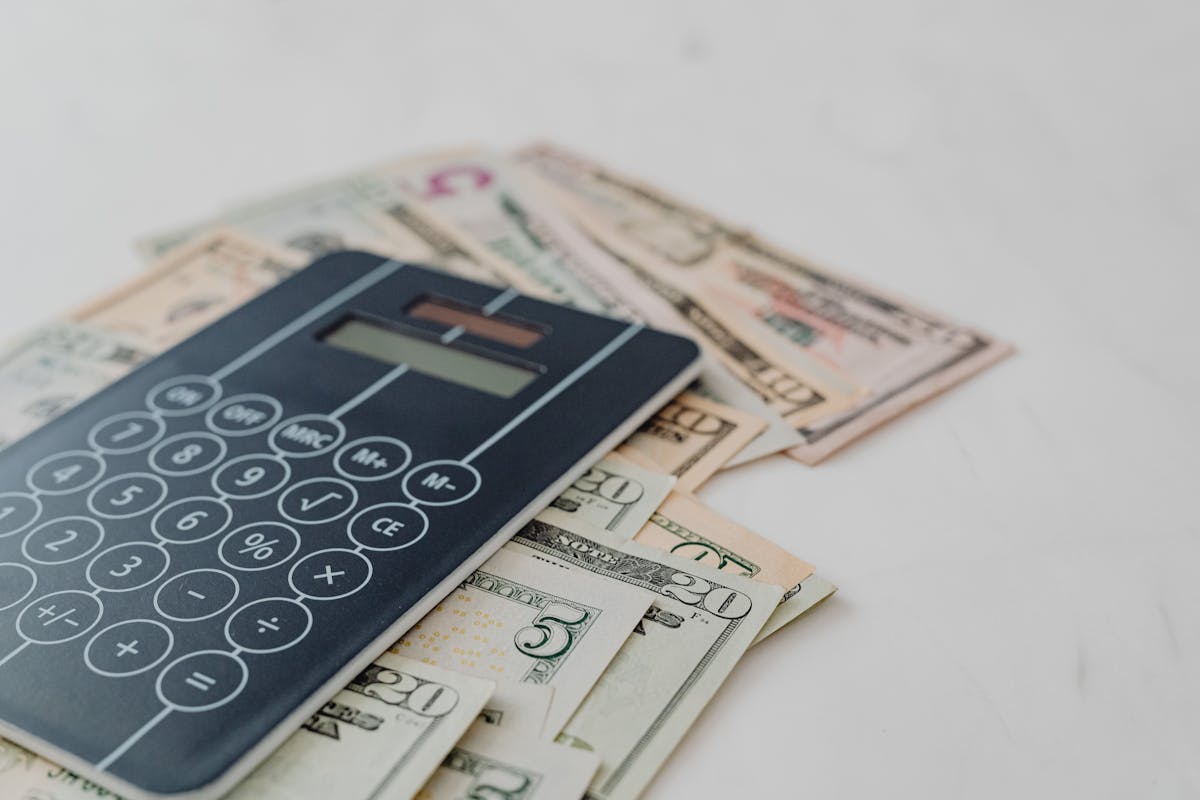Debt can be intimidating, but starting to manage it means clearly assessing your financial situation. Start by creating an inventory of all debts, such as credit card amounts, personal loans, vehicle installments, student loans, and any pending medical expenses. For each debt, record the complete sum, the smallest monthly installment, the interest percentage, and the payment deadline. This overview will provide both a broad view and detailed insight into your financial obligations.
Consider Jane’s experience: she accumulated five credit cards, a car loan, and a small personal loan. By creating a spreadsheet listing interest rates and monthly obligations, Jane discovered that some cards charged nearly triple the interest rate of others. This awareness allowed her to prioritize repayments more strategically.
Assessing Your Financial Resources
Now, evaluate your income versus expenses. Track all sources of income—salary, freelance work, government assistance—and list all monthly expenses, distinguishing between necessities (rent, utilities, groceries) and discretionary spending (entertainment, dining out). Many fall into the trap of underestimating daily spending; using budgeting apps or bank statements can provide objective recognition of patterns.
After examining her finances, Jane realized she was allocating $120 each month to coffee and meals. By channeling this money into debt repayments, she could reduce her interest costs by hundreds annually.
Creating a Realistic Repayment Plan
Once you have a clear understanding of your financial figures, decide how much you can practically dedicate to clearing your debts each month. A couple of well-known approaches are the debt avalanche—this targets additional payments toward the debts with the highest interest first—and the debt snowball—which eliminates the smallest debts first to gain early psychological victories. Insights from the Harvard Business Review indicate that individuals often adhere to repayment plans more consistently when they experience early and visible advancements; therefore, factor in personal drive when choosing a method.
Suppose you owe: $500 (18% APR), $2,000 (24% APR), and $800 (12% APR). The avalanche approach would have you pay the $2,000 first, while the snowball targets the $500 debt. There is no universally superior method; the key is consistency.
Interacting with Creditors and Seeking Assistance
If repayment at the minimum or more seems unattainable, reach out to your creditors before missed payments. Many lenders provide hardship programs, temporary rate reductions, or forbearance options. When Jane lost her job, she informed her credit card companies, negotiating lower payments until employment resumed. Proactive communication signals responsibility and can prevent negative credit reporting.
Research nonprofit credit counseling agencies in your region. Certified counselors help you organize finances, may assist in negotiating reduced payments, and sometimes administer debt management plans that consolidate multiple payments into one. Be wary of for-profit companies promising quick fixes; always verify credentials and read reviews.
Prioritizing Essential Payments
Certain financial obligations come with harsher repercussions if not paid, like home loans, rental dues, and essential service bills, which could risk losing a home or crucial utilities. Focus on these over non-collateralized debts (such as credit cards), particularly in challenging times. For instance, in the initial stages of the pandemic, several regions provided protections against evictions or support for utility payments—dedicate time to explore local safeguards or aid initiatives.
Reducing Expenses and Boosting Income
Reducing expenses may release essential funds for repayment. Discontinue subscriptions that aren’t in use, opt for cheaper mobile plans, and utilize community services such as public libraries or food banks during difficult times. Additionally, selling items online or engaging in short-term employment (gig work, tutoring, freelance tasks) can create a significant change within a few months.
Think about Luis’s experience: he worked part-time as a rideshare driver, which allowed him to earn additional income and reduce his debt period by half a year.
Addressing the Emotional Impact of Debt
The psychological burden of debt often leads to stress, sleeplessness, and isolation. Engage trusted friends or family for support, or connect with support groups where you can share and learn from others’ journeys. Financial therapy is gaining prominence, helping people untangle emotional drivers of spending and anxiety over debt.
Recognizing When to Seek Professional Help
In cases where managing your debt becomes overwhelming—such as frequently relying on payday loans to cover payments or regularly failing to meet minimum payments—it might be wise to seek advice from a bankruptcy attorney or financial advisor. Declaring bankruptcy is a major decision with long-term consequences, yet it can offer a crucial new beginning for certain individuals. By knowing all legal entitlements and available choices, you can make knowledgeable decisions instead of reacting out of desperation.
Developing Sustained Economic Resilience
Addressing existing debt should be viewed as part of a broader effort to cultivate financial health. Learning to budget, setting up emergency savings—even a small cushion of $500—can help break cycles of recurring debt. Explore available financial education resources from reputable institutions, such as the Consumer Financial Protection Bureau’s free online tools or local community classes.
By utilizing these forward-thinking strategies, debt can be converted from a perpetual strain into a manageable challenge that can be addressed with diligence and assistance. Each time a payment is made, and every constructive decision is taken, it not only paves the way out of existing liabilities but also sets the groundwork for long-term economic resilience and stability.



